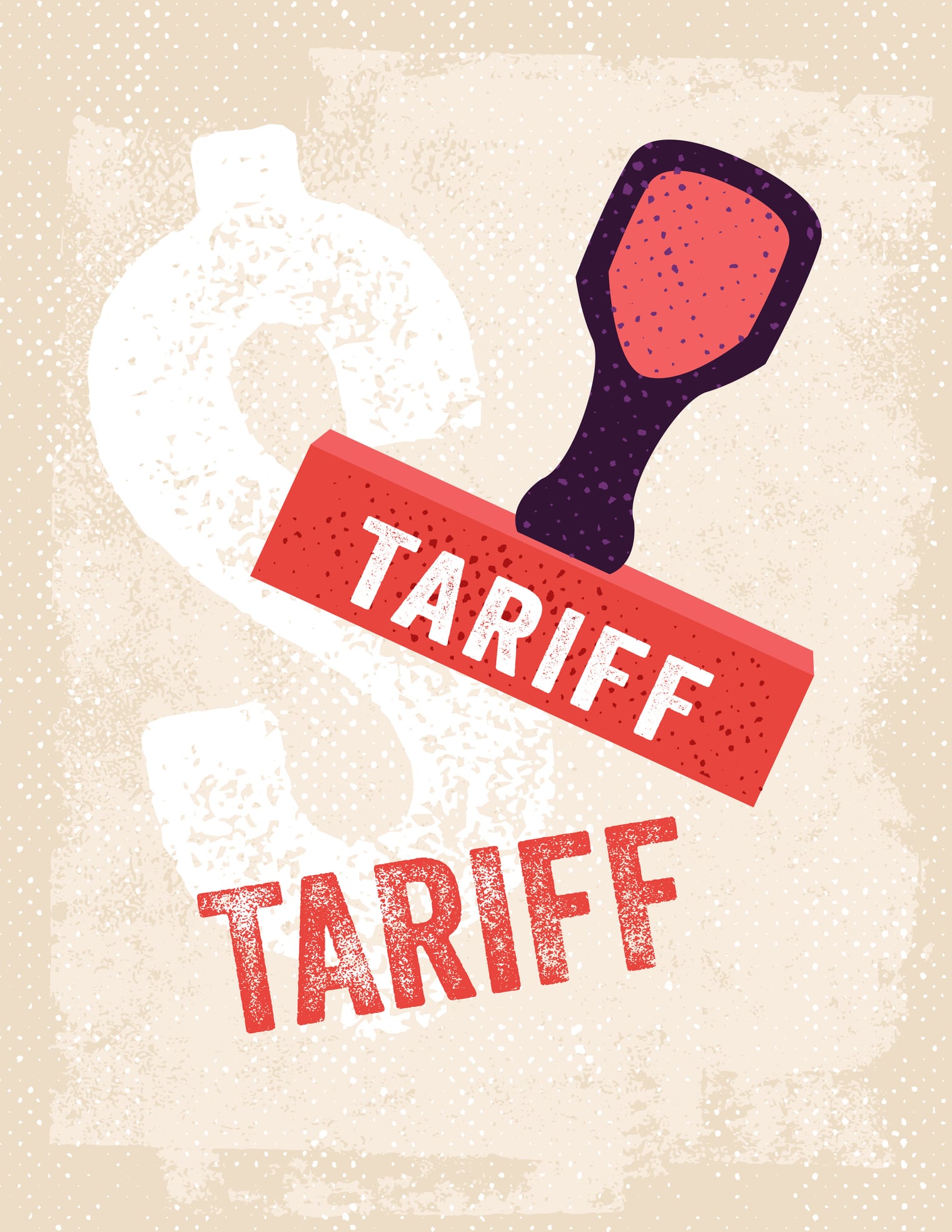The global trade landscape has shifted dramatically in recent weeks. Trade tensions and new costly tariffs have left exporters scrambling to reassess their market strategies. As businesses navigate these turbulent waters, many are being forced to pivot – and fast.
For many, this means exploring alternative export markets. In particular, Europe has become an attractive destination for brands seeking stability and growth opportunities beyond China and the US.
At Rubicon Bridge, we’ve seen a significant uptick in enquiries from international businesses – particularly in the food, food supplement, and cosmetics sectors – looking to understand what it takes to access the European market.
Entering new markets is rarely straightforward.
Kathryn Szymonowicz
One of the biggest hurdles businesses face is understanding and complying with national regulations.
For example, food supplement compliance in the EU is a complex, multi-layered process. It ensures that products are safe, properly labelled, and don’t make misleading or unsubstantiated health claims. These rules exist to protect consumers – but they can present a significant barrier for exporters unfamiliar with EU laws.
Failing to meet regulatory requirements can have serious consequences, including blocked products at borders, fines, product recalls, or even legal action. In some cases, brands may find their entire go-to-market strategy needs to be reworked to ensure compliance.
Global trade in flux
When major trading partners implement sudden policy changes, entire sectors can be thrown into disarray. Currently, this is particularly evident in the nutrition and health space. With exclusion lists changing and broad categorisation creating confusion, manufacturers and suppliers are operating in an environment of profound uncertainty.
Take botanicals, for instance – one of the fastest-growing areas in nutrition and health. While some vitamins and minerals might receive exemptions from tariffs in international trade disputes, botanicals often face significant duties. This leaves companies questioning where to source ingredients and how to manage their supply chains.
A particularly complex issue in these situations is the ambiguity around classification. For example, there can be confusion about whether specific ingredients fit into broader categories subject to tariffs. This lack of clarity forces businesses to act with extreme caution, sometimes abandoning established supply chains entirely.
The ripple effects of such trade disputes extend far beyond the immediate markets involved. When suppliers from one country need new markets for goods previously destined elsewhere, and manufacturers seek alternative sources for ingredients they can no longer economically import, it creates a global reshuffle of trade patterns.
Regulatory complexities across borders
The regulatory landscape for food and supplements varies dramatically between markets – and for good reason. These differences aren’t arbitrary, but reflect specific nutritional needs and consumption patterns within different parts of the world.
In the UK, for example, flour is routinely fortified, creating a higher baseline intake of certain nutrients through everyday foods. Conversely, vitamin D supplementation is more critical in northern regions with limited sunlight exposure.
Beyond addressing regional needs, regulatory authorities also have varying risk tolerances when evaluating similar scientific data, leading to different upper limits for identical nutrients across markets. These nuanced differences create a complex web of compliance requirements for international brands.
These nuanced regulatory frameworks make market entry complex, especially when attempting to pivot quickly due to trade disruptions. Products formulated for one market’s regulations may not be automatically compliant with another’s standards.
A cautionary tale emerged during the pandemic with the ethylene oxide contamination incident
Kathryn Szymonowicz
The ethylene oxide contamination incident saw France recalling 7,400 foods. This pesticide is regulated with maximum residue levels (MRLs) that vary dramatically between markets – the EU’s limits are approximately 140 times stricter than those in the US for certain foodstuffs.
When European authorities intensified supply chain surveillance testing in 2020, they uncovered widespread non-compliance with these strict EU standards. What followed was a cascade of increased testing and identified violations, affecting products from ice cream to confectionery and costing manufacturers millions in recalls and reformulations. This incident highlighted how regional regulatory differences can create significant market barriers.
The strategic pivot to stable markets
When trade disputes disrupt established patterns, more stable regulatory environments become increasingly attractive. The EU and UK regulatory frameworks, while stringent, offer predictability and consistency that businesses value in uncertain times.
When suppliers who previously focused on certain markets explore new opportunities, they must carefully consider regulatory compatibility. Similarly, manufacturers must assess whether ingredients that comply with alternative regulatory frameworks could replace their traditional sources.
This shift requires careful planning. For botanicals especially, this timeline for change is lengthy. These crops are often planted years in advance, based on project demand. When economic factors suddenly alter the viability of certain ingredients, manufacturers face difficult decisions about product formulations and sourcing strategies.
The impacts ripple across the supply chain. Markets may experience ingredient shortages and price increases for certain products in the short term. Longer-term, we might see a more permanent restructuring of global supply chains as companies build resilience against future trade disruptions.
Navigating new markets successfully
The most successful companies approach regulatory compliance strategically rather than reactively, by:
- Conducting thorough regulatory assessments before entering new markets
- Building flexibility into their supply chains and formulations
- Utilising technology to streamline compliance processes
- Staying informed about evolving regulatory landscapes
- Considering language barriers and translation needs early in the process
The recent trade disruptions have highlighted that regulatory understanding is not merely a compliance function, but a strategic capability that enables business continuity and competitive advantage during periods of market uncertainty.
A more resilient approach
The current global trade environment is forcing companies to rethink their international strategies. Those with heavy dependence on single markets are discovering their vulnerability to political and regulatory shifts.
While larger corporations may have the resources to adapt manufacturing bases to avoid tariffs, smaller businesses often lack this flexibility. This could ultimately reduce competition and innovation, potentially leading to higher consumer prices as markets consolidate.
The businesses that will thrive in this new landscape are those that diversify their market presence, building regulatory expertise across multiple regions, and maintain the agility to pivot when necessary. By treating compliance as a strategic priority rather than an afterthought, companies can transform regulatory knowledge into a competitive advantage.
As uncertainty continues to characterise global trade, Europe’s stable regulatory environment makes it an increasingly attractive destination for businesses seeking predictable markets. Those who can successfully navigate its regulatory requirements will find opportunities amid the uncertainty.
For many, this isn’t just about weathering current storms – it’s about building more resilient business models for a future where trade tensions and regulatory complexity are likely to remain defining features of the global economy.




